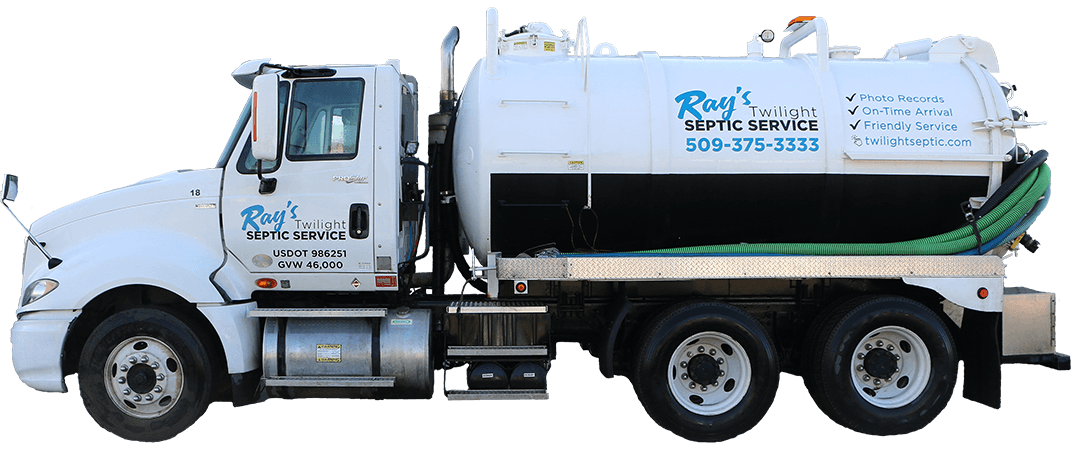First Step-Locate Your Septic Tank and Drain Field
Many people assume that their septic tank and drain field are located in the wide-open area of their backyard, but this is not always the case. And in fact, guessing on the location of your tank and drain field may cause you to over-water the wrong areas of your lawn. The end result? You may start to see septic waste ooze up through your saturated soil …
So, locating the exact location of your septic tank and drain field is critical; and the best way to locate your septic system is to get in touch with your county health department office. Upon request, you will be given copies of your property’s plans – free of charge! From there, you’ll be able to pinpoint your tank’s exact location, and be mindful of its location when maintaining your lawn.
Monitor Your Water Usage
We all love a long, hot shower. But it’s no secret that long showers crank up the water bill and also cause problems with your drain field.
There’s good news: you don’t have to switch over to two-minute showers. You should, however, make a few changes that will help you conserve a ton of water in the long run:
- Switch to a low gallons-per-minute shower head. Doing this will allow you to still have a great shower at just a fraction of your normal water usage.
- Install aerators in all of your faucets. This little screens will reduce your water usage by gallons each day.
- Fix any water leaks. That seemingly harmless drip at your faucet or toilet might not seem like much, but it has the ability to destroy your drain field over time.
These are not lifestyle-changers, but these small tweaks will impact your septic system and also your pocket in a positive way!
Change Your Garbage Disposal Habits
Sure, it’s convenient to be able to get rid of different materials quickly by using a garbage disposal. But did you know that it’s both unhealthy and hazardous for not only the environment, but also for your septic system?
There are three reasons for this:
- The ground-up waste from a garbage disposal plugs the perforated pipes in the drain field.
- The water that most people use to ease down the ground-up waste isn’t evenly dispersed, saturating certain parts of the drain field.
- Once you have a saturated drain field, you have problems. Prepare for many headaches!
So, what’s the solution?
We highly recommend using a compost bin. All of the items that you would normally pulverize down your garbage disposal will be used in a much safer way. Compost bins are easy to make and maintain, and they’re free!
Deal with Harmful Liquids
We all deal with our liquids in levels. Some people have little regard for what liquids they wash down the sink. Others know not to wash cooking fat and paint. But very few adhere to laundry list of items that are harmful to their systems:
- Oils
- Fats
- Grease
- Gasoline
- Gels
- Chemicals
- Paint
- Paint thinner
- Chlorine soaps (in excess)
- Anti-bacterial soaps (in excess)
Consider whether you can substitute your hand soap for a more septic-friendly option. Anti-bacterial soaps, in particular, have the tendency to eat away the necessary bacteria in your tank. This will shorten your septic system’s life and may even strip your tank to the point where it is no longer operative.
Be Smart About What You Flush
Many people are liberal when it comes to monitoring what is flushed down their toilets, but there is only one object (in addition to waste) that you should flush: toilet paper. That means the following are all off-limits:
- Paper towels
- Facial tissue
- Kitty litter
- Coffee grounds
- Diapers
- Cigarette butts
Save these items for your trash can and compost bin. And even when using toilet paper, be mindful about how much you are flushing at any given time.
Being smart and throwing items in their appropriate disposals will help maximize the life of your septic system and also keep the environment clean!
Don't Flush Prescription Drugs
Many people make the mistake of flushing drugs down their toilets and sinks. We’re not even talking about illegal substances here – just your normal prescription drugs and medications!
Disposing of medications improperly is becoming a bigger and bigger problem. Take care of your system. Take care of your drain field. Take care of the environment. Make smart choices about how you get rid of your unused medicine and you’ll be helping not only yourself and your family, but also other people.
Use the Right Household Cleaners
Household cleaners are seemingly harmless; and when used sparingly, this is true. But when overused, many of them have the potential to cause serious damage to your septic system and drain field with time.
Toilet bowl cleaners such as Lysol and Toilet Duck, as well as general cleaners such as Pine-Sol and Shower Power, contain residues that can eat away at the helpful bacteria in your septic tank. These same agents have the ability to plug up your drain pipes. In the best interest of your septic system, it’s smart to use these cleaning products more sparingly. Or better yet, it’s wise to consider using less harmful alternatives over your standard brand-name cleaning products.
Cover Your Drains
Are you tired of having to pull hair, fur, and gunk from your drains? It’s certainly not among the most pleasant tasks. But what’s worse is that some of these materials are likely getting through and clogging your pipes, causing you to schedule more septic cleanings than otherwise necessary.
However, there’s an easy fix that will have you kicking yourself: add screen filters over your drains! This will allow water to flow through your drain freely, protecting your pipes. Your frequent septic headaches will be replaced by a simple task – pulling your screen filters, cleaning them out, and returning them to their drains.
Install an Outlet Filter
One of the best possible investments you can make to protect your septic system is an outlet filter. For $100-$200, your outlet filter will catch rogue hair, grease, and other items that clog, before they make their way into your septic system.
Additionally, install sink strainers, hair traps in drains, and lint traps on washing machines. These seemingly small adjustments will help preserve your septic system for years to come.
Choose Safe Septic Cleaners
Before you schedule your septic system to be pumped, you might turn to a safe, do-it-yourself cleaner. However, it’s very important that you choose a cleaning agent that isn’t going to be harmful to your system.
You might come across cleaners that make claims such as, “you will never have to pump your tank again!”. These kinds of claims are not only untrue, but they also suggest that the cleaners are anti-bacterial. Just check the label! Anti-bacterial cleaners will strip the necessary bacteria from your system. Brand-name cleaners, such as Drano, Liquid-Plumr, Liquid Fire, and Drain Care are to be avoided as well.
Keep in mind that cleaners do not replace the need to maintain your septic system. They are temporary solutions that can keep smaller issues at bay. Just be careful not to risk the length of your system’s life for a short-term fix.
Schedule an Inspection
How exactly do you know when your drain field needs some work? Since it’s below ground, it can be difficult to determine when it needs to be inspected.
However, there are a few telltale signs that your system needs an inspection:
- The first is slow drainage. If you’re noticing that your sinks or toilets are slowing down, give your septic professional a call.
- The second sign is a backed-up toilet. If this is happening more and more frequently, you know it’s time for an inspection.
- Finally, you may also have sewage lying around on your drain field or in your basement. If you notice this, have a professional take a look as soon as possible.
If you see something, don’t wait. Remember, any problems you ignore now will only become more costly headaches down the road.
Determine Your Pumping Schedule
Do you have a pumping schedule for your tank? Do you even remember the last time you pumped your tank? If not, it may be that you’re not treating your septic system as the significant investment that it is.
It’s time to change that. First, it’s good practice for septic tanks to be pumped every three to five years; and if you have a larger family (5 or more occupants), you will want to make sure you pump even more frequently. So, if you suspect that your last pump was prior to that window, arrange to have your tank pumped as soon as possible.
If you want to know how often to pump your septic, we have a page on this website where you can find out for your home.
However, if you know when your last pump was and how often you should pump, you simply need a system in place that will help you monitor your septic maintenance. Consider implementing the following:
- Create a chart that lists the pumper and when your tank was pumped.
- Always ask for a report of condition from the pumper.
- Ask whether water back-flowed from the drain field, ask about the condition of the concrete, and ask whether all the baffles were in place.
Get Your Family on Board
Let’s face it. While our children are a joy, many septic problems that arise can be attributed to a child’s lack of understanding about what items can and cannot be flushed or drained … All sorts of objects find their way into our toilet bowls from time to time – paper, crayons, toys, gum, you name it!
Why not take some time to teach your children the basics about how your septic system works? You can achieve this quickly and effectively, through the following steps:
- Show your child the location of your septic tank and drain field outside, and emphasize the importance of protecting your septic system, detailing what might happen to the system should something go wrong.
- Be very clear about which items can be flushed (a very short list that should be limited to bodily waste and toilet paper), and what can go down the sink or bath drain (water only).
Charging your entire household with the mission of preserving your septic system will go a long way in protecting your investment!

